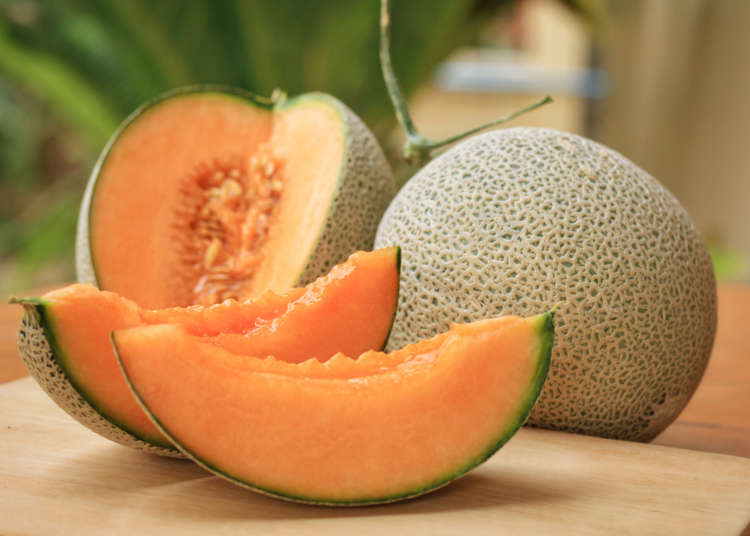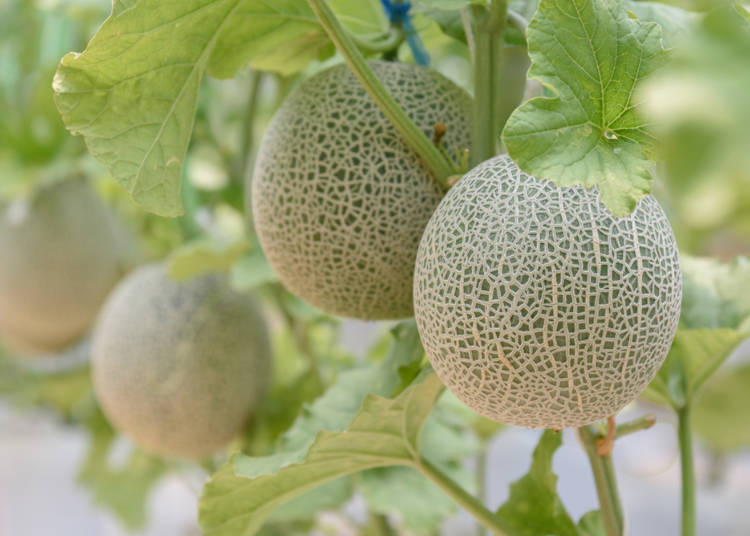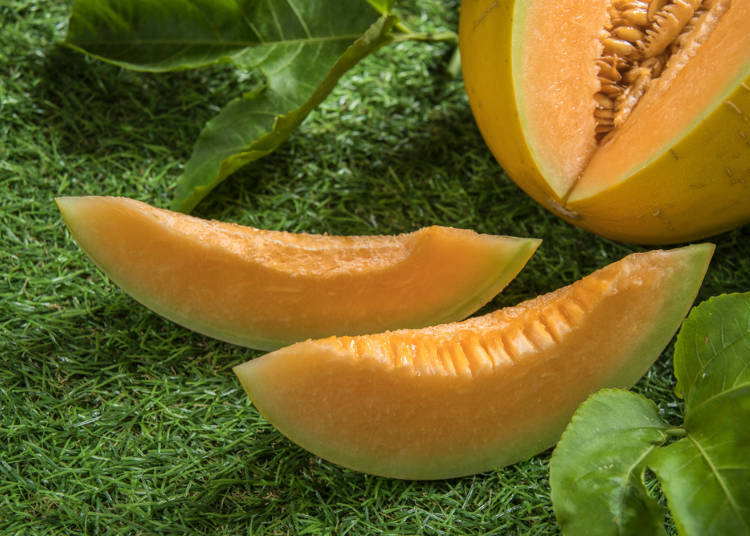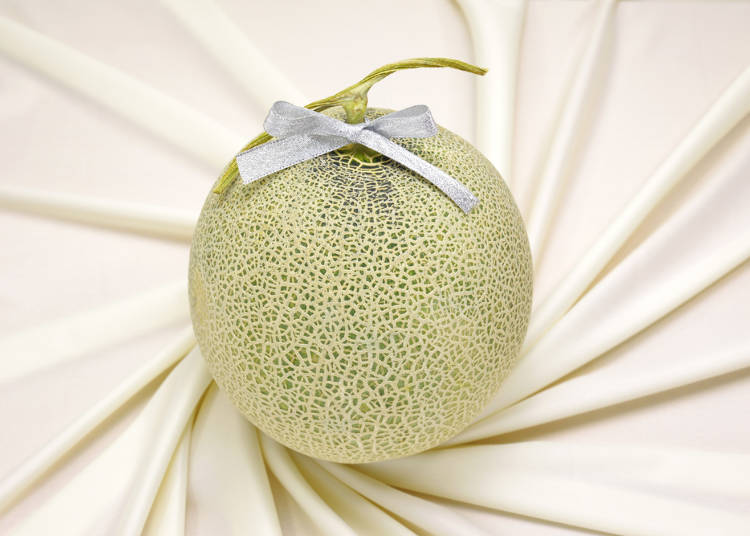
In recent years the deliciousness of Japanese fruit has been attracting attention overseas. Among the sought-after fruits, melons have gained popularity as a high-class fruit.
Various kinds of melons are grown throughout Japan, and prices range from inexpensive ones for everyday consumption to high-end melons intended for gift-giving.
Here’s everything you need to know about Japanese melons, from the different varieties to when and how to eat them.
1. What kind of melons are grown in Japan?
Ibaraki Prefecture has the largest growing area and the highest production of melons, with about 40,000 tons harvested annually. Kumamoto and Hokkaido produce about 20,000 tons, and the rest of these relatively easy-to-grow fruits are cultivated from Tohoku to Kyushu.

Japanese muskmelons, considered a high-class fruit, are both fragrant and delicious and characterized by the net-like pattern of their surface. Varieties with green flesh include Earls melon and Andean melon, while Yubari melons and Lupia Red melons have orange flesh.

Smooth-skinned melons without an external mesh pattern include Home Run melons with whitish flesh and Prince melons with flesh that gradates from yellowish-green on the outside to orange in the center.
In terms of cultivation methods, some are grown in greenhouses, and others are not. Through specific temperature and watering control, greenhouse-grown melons are manipulated to grow only one fruit per plant.
Earls melon is grown through this cultivation method. Some Andean and Yubari melons are also grown in greenhouses. Prince and Home Run melons are grown in vinyl-covered “tunnels” and are cheaper than greenhouse-grown melons.
While visiting Japan, you can eat premium melons from famous production areas like Yubari melons from Hokkaido, Ibaraki melons from Ibaraki, and Earls melons from Shizuoka. In addition, home Run melons and Prince melons are also recommended as they can be bought at a reasonable price.
Your Handy Guide to Hokkaido Melons: What, Where, When, and How to Enjoy!
2. Understanding melon grades and ratings

Domestic Japanese melons are rated by grade and rank, with strict standards set by distributors. Grades include “particularly excellent,” “excellent,” “superior,” “good,” etc., based on sugar content, ripeness, appearance (shape, lack of blemishes, etc.), density and fineness of the surface net pattern, and color.
The standards for size and weight rank are noted as S (small), M (middle), L (large), 2L (or LL), etc. In addition, Japanese melons are generally displayed by grade and rank such as “Excellent L” or “Good 2L.”
3. Typical Japanese melon types
These are types of melons you’ll typically …

